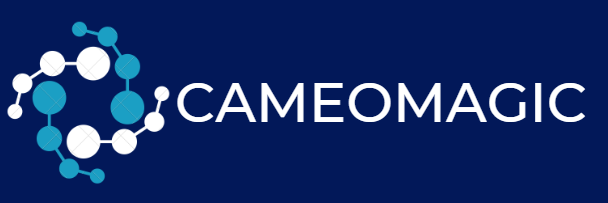Activity Diagram Refinement – 3 Examples

1) Refining Activity Diagrams – NASCAR Example
In this blog post, we will delve into the concept of refining activity diagrams over time in SysML. We will use an example related to NASCAR to illustrate the process of refinement and its significance in modeling complex systems. Let’s explore the different levels of refinement and how they contribute to creating a more detailed and accurate representation.
Level 1: Simplifying the Activity Diagram
When starting the refinement process, the initial step involves simplifying the activity diagram. In the context of the NASCAR example, this means identifying the fundamental actions taking place. In this case, the simplified representation would be the action of making a left turn. While this simplification may technically work, it lacks the depth and accuracy required for a comprehensive model.
Level 2: Adding More Detail
Moving on to the second level of refinement, the focus shifts to adding more detail to the activity diagram. In the NASCAR example, this entails distinguishing between the different turns, such as turn one, turn two, turn three, and turn four. By incorporating these specific details, the activity diagram begins to capture a more comprehensive depiction of the racing process.
Level 3: Introducing Additional Actions
The third and final level of refinement involves introducing additional actions or complexities into the activity diagram. In the case of the NASCAR model, this includes incorporating the need for pit stops to refuel. By integrating the pit stop action and considering fuel levels, the activity diagram becomes more intricate and reflective of real-world scenarios.
Conclusion
The refinement of activity diagrams in SysML, as demonstrated through the NASCAR example, exemplifies the iterative process of enhancing the fidelity and accuracy of system models. Starting with a simple representation and progressively incorporating more detail and complexity allows for a thorough and refined depiction of system behavior. This approach not only improves the clarity of the model but also enhances its applicability in simulating and analyzing real-world systems.

